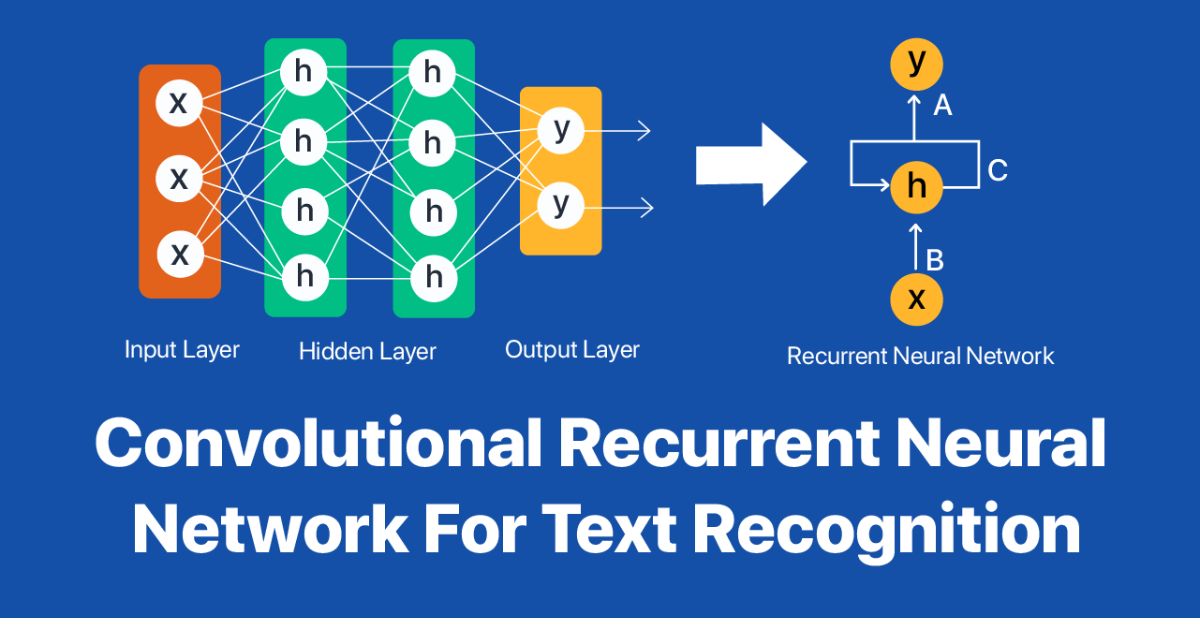How Startups Can Save Bandwidth with Smart Image Optimization
October 24, 2025 · 3 min read • #startups#image optimization#AI#compression#performance#bandwidth#Core Web Vitals
For startups, every megabyte counts.
Smart image optimization powered by AI can save bandwidth, reduce costs, and dramatically boost performance — all while keeping your visuals sharp and beautiful.
🚀 Why Bandwidth Matters for Startups
Bandwidth is the silent expense that scales as your traffic grows.
Each unoptimized image contributes to higher hosting bills, slower page loads, and lost conversions.
For startups running lean, efficient media delivery isn’t just technical — it’s strategic.
A 1-second improvement in load time can increase conversions by up to 17%, according to Google’s Core Web Vitals benchmarks.
🌐 The Hidden Cost of Heavy Images
Images can account for over 50% of total web page weight.
Uncompressed media doesn’t just slow down performance — it drains your startup’s resources:
- Higher bandwidth usage → increased hosting/CDN costs
- Slower site speeds → reduced engagement
- Poor Core Web Vitals → lower Google rankings
- Negative mobile experience → higher bounce rates
Related: Why Image Compression Is Essential for SEO and Website Speed
🧠 How AI Image Optimization Works
AI-powered optimization goes beyond basic compression.
It uses machine learning and perceptual modeling to analyze each image, preserving important details while reducing redundant data.
Key Features:
- Adaptive Compression: Different levels for backgrounds vs. key subjects
- Smart Format Selection: Automatically converts to optimal formats (WebP, AVIF)
- Quality Retention: Maintains clarity even at high compression rates
- Client-Side Processing: No data uploads — perfect for privacy-conscious startups
Related: The Science Behind AI-Based Image Compression and Quality Retention
💸 Bandwidth Savings in Action
Let’s break down a real-world example:
| Image Type | Original Size | AI-Optimized Size | Bandwidth Saved |
|---|---|---|---|
| Product Image (JPEG) | 2.5 MB | 450 KB | 82% |
| Hero Banner (PNG) | 4.2 MB | 650 KB | 84% |
| Blog Feature (WebP) | 1.8 MB | 320 KB | 82% |
Across a website with 100 images, startups can save hundreds of megabytes of bandwidth — every single day.
⚙️ Tools and Techniques for Smart Optimization
To keep your workflow efficient and automated, combine these strategies:
1. Use AI-Based Compression Tools
Our AI Image Compressor Tool enables instant compression directly in the browser — no uploads, no tracking.
It supports WebP, AVIF, and JPEG XL with dynamic compression levels.
2. Implement Lazy Loading
Load images only when they enter the user’s viewport.
This reduces initial data transfer, boosting performance on slower networks.
<img src="image.webp" loading="lazy" alt="Startup team collaboration">
Enjoyed this post? React below 👇
Related Posts
 Tools Effectively.jpg)
How to Use OCR (Optical Character Recognition) Tools Effectively
Learn how OCR (Optical Character Recognition) works, what it can do for you, and how to use it effectively with our free browser-based OCR Tool to extract text from images instantly.

AI Compression Algorithms Explained: Smaller Files, Smarter Tech
Explore how AI compression algorithms are transforming data storage, image optimization, and network performance in 2025 — delivering smaller files, faster speeds, and smarter efficiency for the digital world.

AI vs Traditional Algorithms: Who Wins in Image Optimization?
Explore the differences between AI-based and traditional image optimization methods. Learn how deep learning, neural compression, and smart encoding outperform legacy algorithms like JPEG and PNG in 2025.
Frequently Asked Questions
Why is image optimization critical for startups?
Optimized images reduce bandwidth usage, hosting costs, and page load times — directly improving user experience, SEO, and conversions.
How much bandwidth can startups save with AI image optimization?
AI-based compression can cut image file sizes by up to 80–90%, significantly lowering CDN and hosting expenses while maintaining quality.
Does image optimization affect SEO performance?
Yes. Faster-loading pages improve Core Web Vitals and increase organic search rankings, making image optimization a key part of technical SEO.
What’s the best tool for startups to optimize images efficiently?
Our [AI Image Compressor Tool](/image-compressor) provides browser-based compression with privacy-first AI, ensuring fast, high-quality results without uploads.
Can image optimization help with mobile performance?
Absolutely. Compressed and responsive images enhance load speeds and UX on mobile devices, reducing bounce rates and improving engagement.